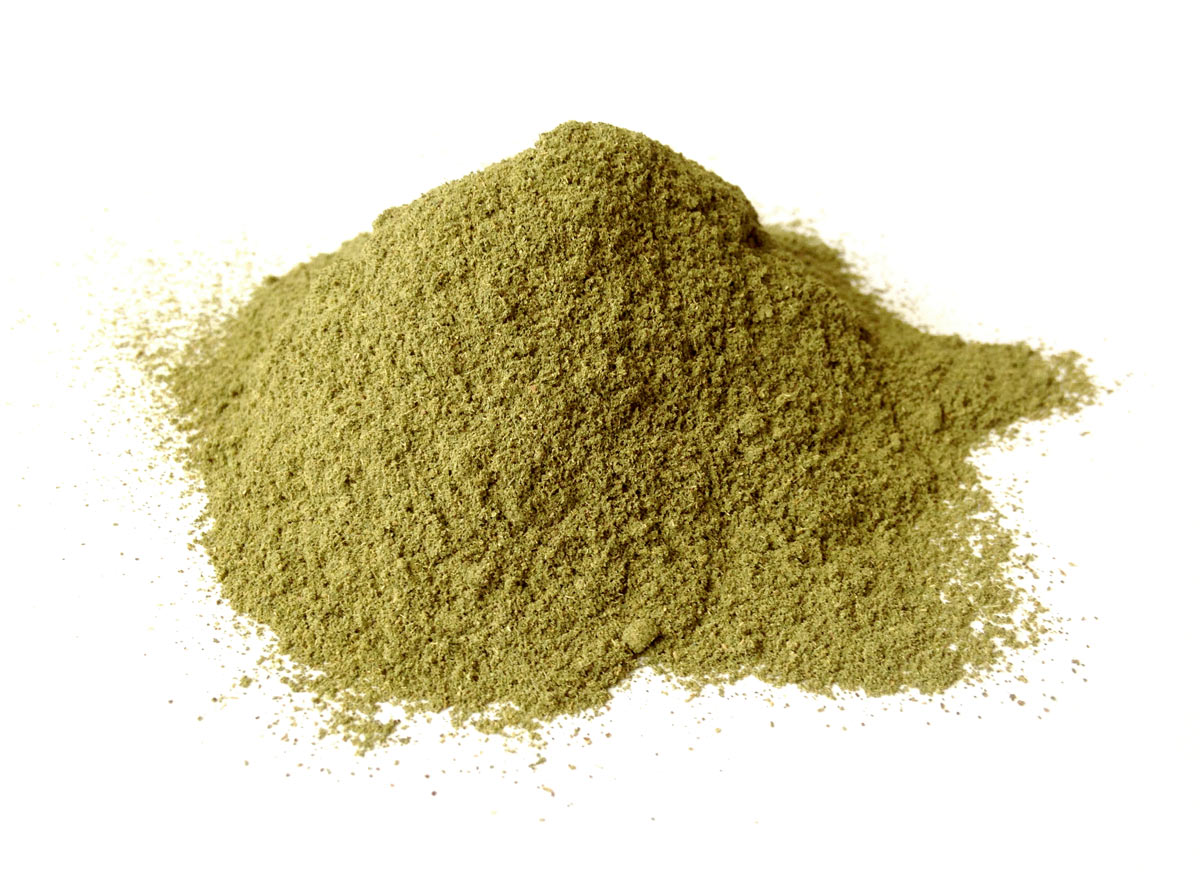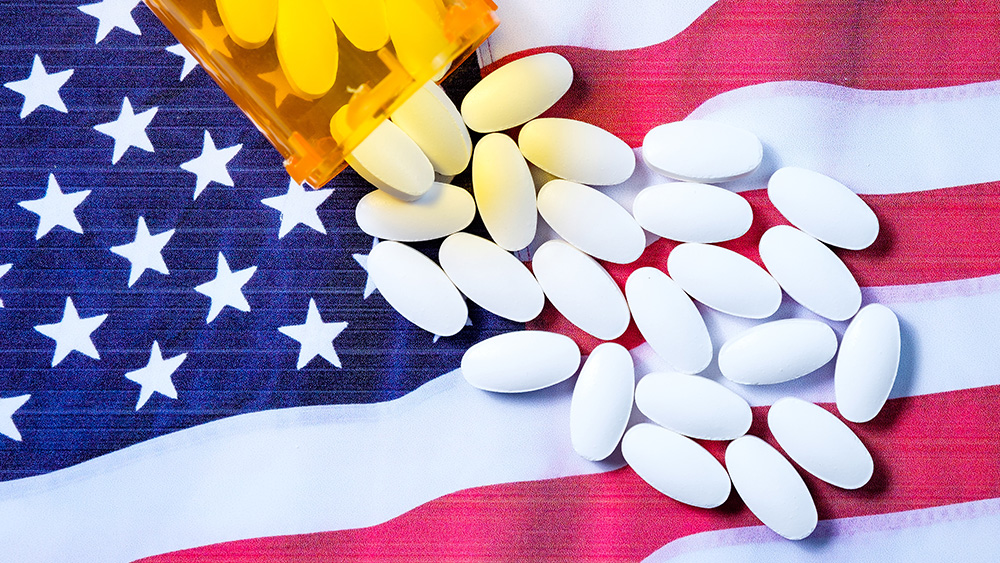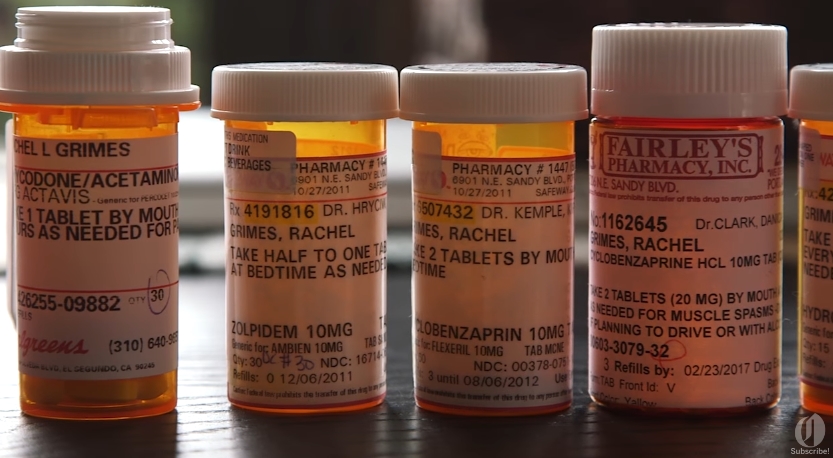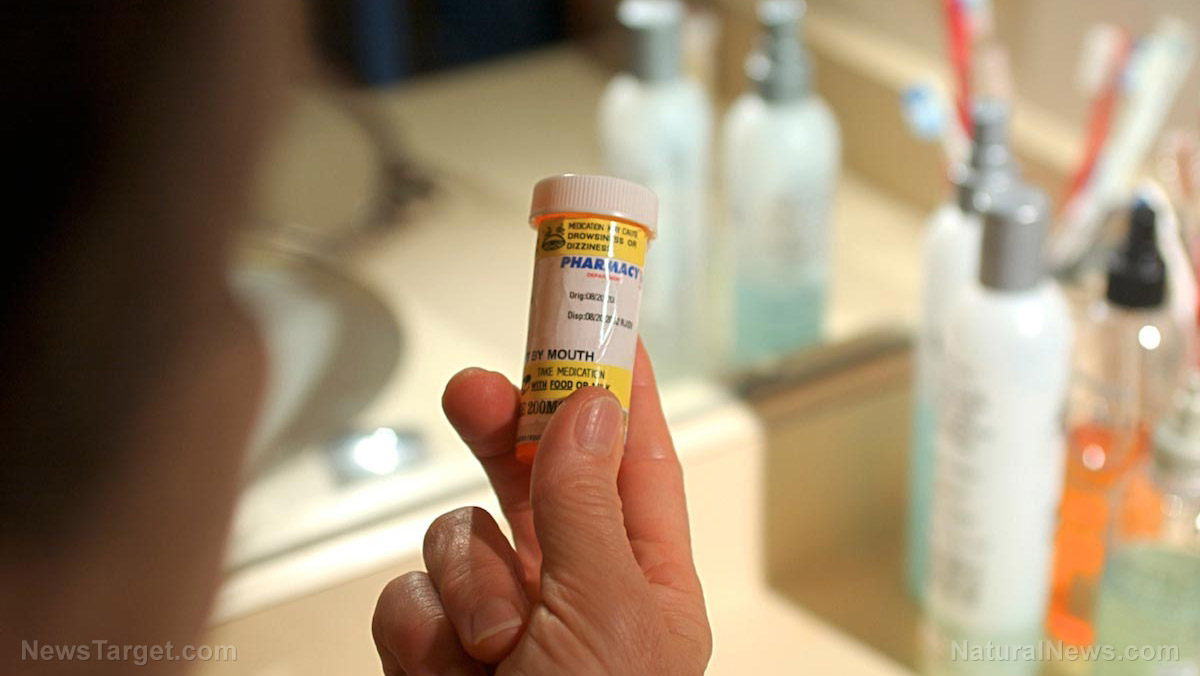Plant cure for opioid addiction taking heat from the FDA: Claims of danger most likely linked to its impact on Big Pharma’s bottom line
12/04/2017 / By Ralph Flores

Kratom, the popular plant-based opioid alternative from Southeast Asia, was the subject of an advisory from the Food and Drug Administration (FDA) on Tuesday, November 14, after the group called the substance “troubling” and blocked hundreds of kratom shipments to the U.S. In their statement, FDA Commissioner Scott Gottlieb reported that there are significant safety issues associated with kratom use. The FDA has estimated around 36 deaths to be caused by the substance. In particular, the FDA hints that continued use of kratom could widen the opioid epidemic.
This is the latest blow for Kratom, a substance slowly gaining a following in the U.S. as an alternative treatment for chronic pain, as well as anxiety, depression, and opioid addiction. The American Kratom Association (AKA) has since challenged the claims, stating that the FDA advisory is based on inaccurate scientific data and will lead to more bans on kratom across America. The AKA has also argued that the deaths the FDA blamed on kratom-related incidences were incorrect, as toxicology tests found that other subjects were found to have taken other drugs or were suffering from preexisting medical conditions upon death.
An uphill battle
One of the possible reasons for why kratom is facing an uphill battle is its accessibility. In a report by the Huffington Post, people revealed that they only started using it after failing to find any effective medicine by conventional means. For the most part, people turning to kratom include those who wish to alleviate symptoms of chronic pain due to accidents, or injury, or health issues, or as a replacement for opioids. People who use kratom do not report experiencing negative side effects after use, a common occurrence for users of prescription medicine. At most, people only experience nausea or vomiting upon ingesting too much. An important factor that users highlight is that kratom costs less than prescription medicine, is all-natural, and does not leave users with withdrawal symptoms afterwards. A pack of kratom costs as little as $50 for a pack that can be used for a month.
The FDA set forth in its advisory that there is no reliable evidence to support the use of kratom as a treatment for opioid use disorder. However, there have been studies conducted regarding the use and effects of kratom. In a study published by Columbia University, mitragynine, the main alkaloid found in kratom, was found to activate opioid receptors in the brain without triggering any side effects such as respiratory depression. The AKA has also published its analysis which illustrates that kratom has multiple benefits such as reliving pain and fatigue, enhanced outlook and well-being, improved interactions, and increased performance at work. The study also explains that kratom has a low toxicity and has no adverse reactions such as liver damage.
Additionally, a patent application filed for kratom by the University Of Massachusetts Medical School and the University Of Mississippi identified the plant as a remedy for opioid withdrawal by individuals who self-treat chronic pain and/or generalized substance abuse.
One of the alkaloids found in kratom, Speciofoline, was even patented by to Smith Kline & French Laboratories, which is now part of the pharmaceutical megacompany GlaxoSmithKline (GSK). The patent, which was filed on August 10, 1964, states that the alkaloid has useful pharmacodynamic activity, particularly analgetic and antitussive activity.
With the advisory, the FDA has since placed restrictions on imports of products containing kratom and has seized and destroyed products that have kratom. (Related: FDA, DEA running massive conspiracy to criminalize Kratom in order to protect Big Pharma’s obscene opioid profits.)
To learn more about how the FDA is preventing the use of alternative medicine, read the articles at FDA.news.
Sources include:
Tagged Under: alternative medicine, alternative treatment, Anxiety, Big Pharma, chronic back pain, Collusion, depression, FDA, fewer side effects, health, health freedom, kratom, opioid addiction, opioid epidemic, pain management, safer treatment




















